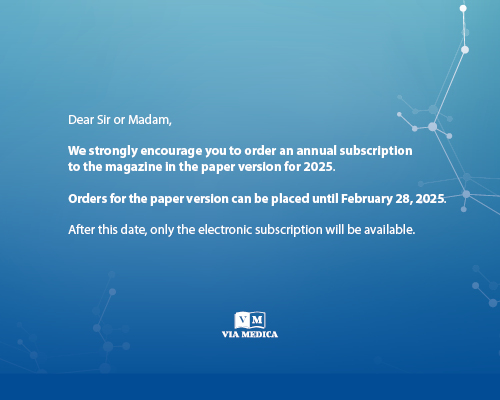Expression of CD10 on minimal residual cells in children with B-cell precursor acute leukemia
Abstract
Background
The most common childhood malignancy is B-cell precursor acute leukemia (BCP-ALL). Leukemic cells remaining in the patient's bone marrow during treatment are the major cause of relapse; therefore, minimal residual disease monitoring (MRD) during the induction therapy is predicting factor of treatment outcome. Multicolor flow cytometry (MFC) is the commonly used technique during follow-up of leukemia in bone marrow.
Materials and methods
MRD was assessed by MFC in 44 patients with BCP-ALL from the Oncology and Hematology Department, Children's University Hospitalin Krakow diagnosed between 2011 and 2013. The level of residual leukemic cells and the quality of antigen expression was assessed on leukemic cell on diagnosis day and 15th day of induction chemotherapy. Six-color panel of monoclonal antibodies was used. To achieve expected sensitivity of the method (10-4), at least 300.000 nucleated cells were collected.
Results
CD10 expression was changed in residual leukemic cells of most patients on day 15 of treatment, in comparison to day 0. The most significant decrease of CD10 expression occurs in standard risk group. CD10 level is correlated with the level of blasts in day 15, which is the most significant in high-risk group. The patients, in whom the level of CD10 expression increases during treatment, were statistically significantly associated with worse response to therapy.
Conclusions
The immunophenotypic shifts at day 15 were observed in most patients. Not only are the quantitative MRD results important, but also qualitative changes of immunophenotype of residual leukemic cells might bring additional clinical information.
Keywords: Minimal residual diseaseAcute lymphoblastic leukemiaFlow cytometryPrednisone therapyCD10 expression



